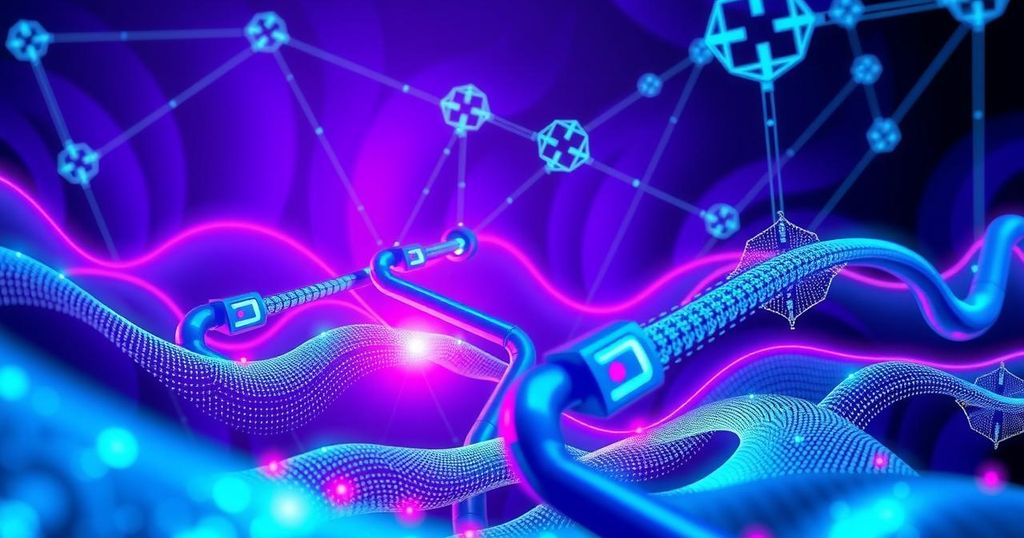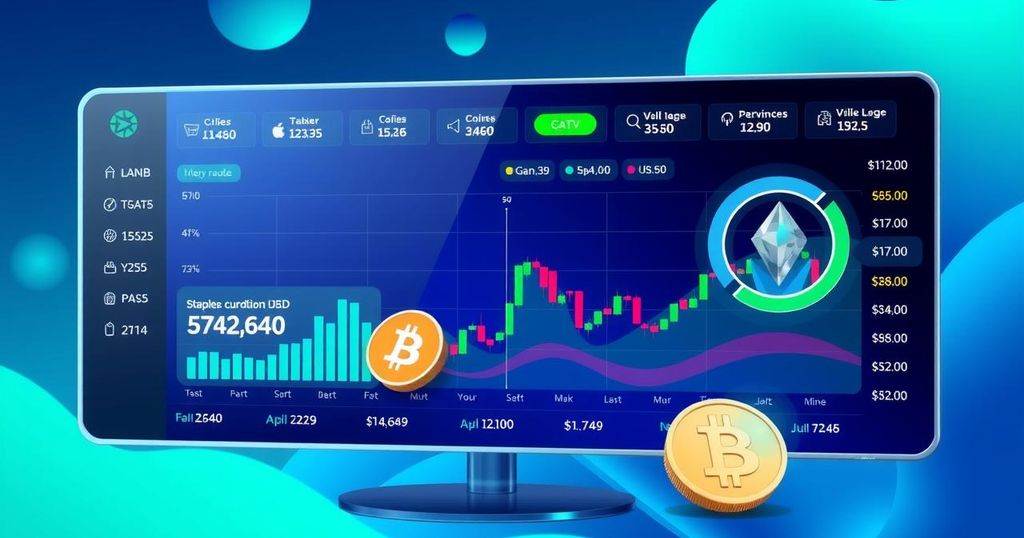Ethereum’s ‘Fusaka’ Upgrade Promises Lower Costs for Layer-2 Solutions
Ethereum developers are preparing for ‘Fusaka,’ a major upgrade set for late 2025 that includes the ‘PeerDAS’ proposal aimed at enhancing data handling and reducing costs for layer-2 solutions. Following the Pectra upgrade, there’s cautious excitement about these developments, especially given past delays and ongoing community concerns.
Ethereum is gearing up for its next major chain upgrade, dubbed “Fusaka,” which could potentially lower costs for layer-2 solutions and validators alike. Slated for rollout at the end of 2025, the excitement is palpable, even though the Ethereum developer community is known for holding off on updates. They recently agreed to include an important change called “PeerDAS” — a proposal focusing on data availability that is part of the much larger game plan for Fusaka.
Just last week, the Ethereum team rolled out Pectra, the most significant upgrade we’ve seen since the Merge back in 2022. This major overhaul streamlined staking for institutions, made wallets easier to access, and improved transaction efficiency across the board. But even as developers look back at Pectra, their sights are firmly on the next horizon: Fusaka.
So what’s “PeerDAS” all about? This Ethereum Improvement Proposal aims to assist in handling bigger chunks of transaction data, known as “blobs.” Introduced in the recent Dencun upgrade, these blobs serve as dedicated storage spaces for large data segments, effectively reducing network congestion and allowing for more affordable transactions on Ethereum.
With PeerDAS, validators can fetch only partial data from these blobs instead of every byte. It’s a rather slick move that could lead to lower layer-2 transaction fees and assist institutions that operate validators on the Ethereum network. And the optimism isn’t just the developers’ wishful thinking.
“PeerDAS is super important since we want to help layer-2s scale,” stated Parithosh Jayanti, a devops engineer at the Ethereum Foundation, during a chat with CoinDesk. He went on to emphasize how this technology could significantly enhance the limit on blob capacity, showing just how crucial this proposal is for the future of Ethereum.
While Fusaka is expected to arrive in 2025, it’s kind of opening the door for a suite of upgrades yet to come, beyond just PeerDAS. However, history shows Ethereum developers have a tendency to kick the can down the road with timelines. Pectra itself faced multiple delays, initially slated for late 2024, only to get pushed back due to minor hiccups and ultimately debut in May 2025.
Meanwhile, concerns are brewing among the Ethereum community. The debate rages on whether the Ethereum Foundation, seen by many as the unofficial leader of the project, is moving swiftly enough with upgrades, especially as the network’s token price lags behind its competitors. The migration of some developers toward rival networks hasn’t quelled those worries either. So, as the march towards Fusaka commences, the Ethereum community watches closely, hoping for clear skies ahead.
The upcoming upgrade, Fusaka, thrown into the spotlight, promises to enhance data handling on Ethereum significantly. As developers sharpen their focus on this new phase, with “PeerDAS” set to play a fundamental role in lowering costs, the community is holding its breath. However, given past delays, there’s also skepticism about whether these timelines hold. The success of the Ethereum Foundation’s efforts may very well determine the network’s future standing in a rapidly evolving crypto landscape.
Original Source: www.coindesk.com




Post Comment